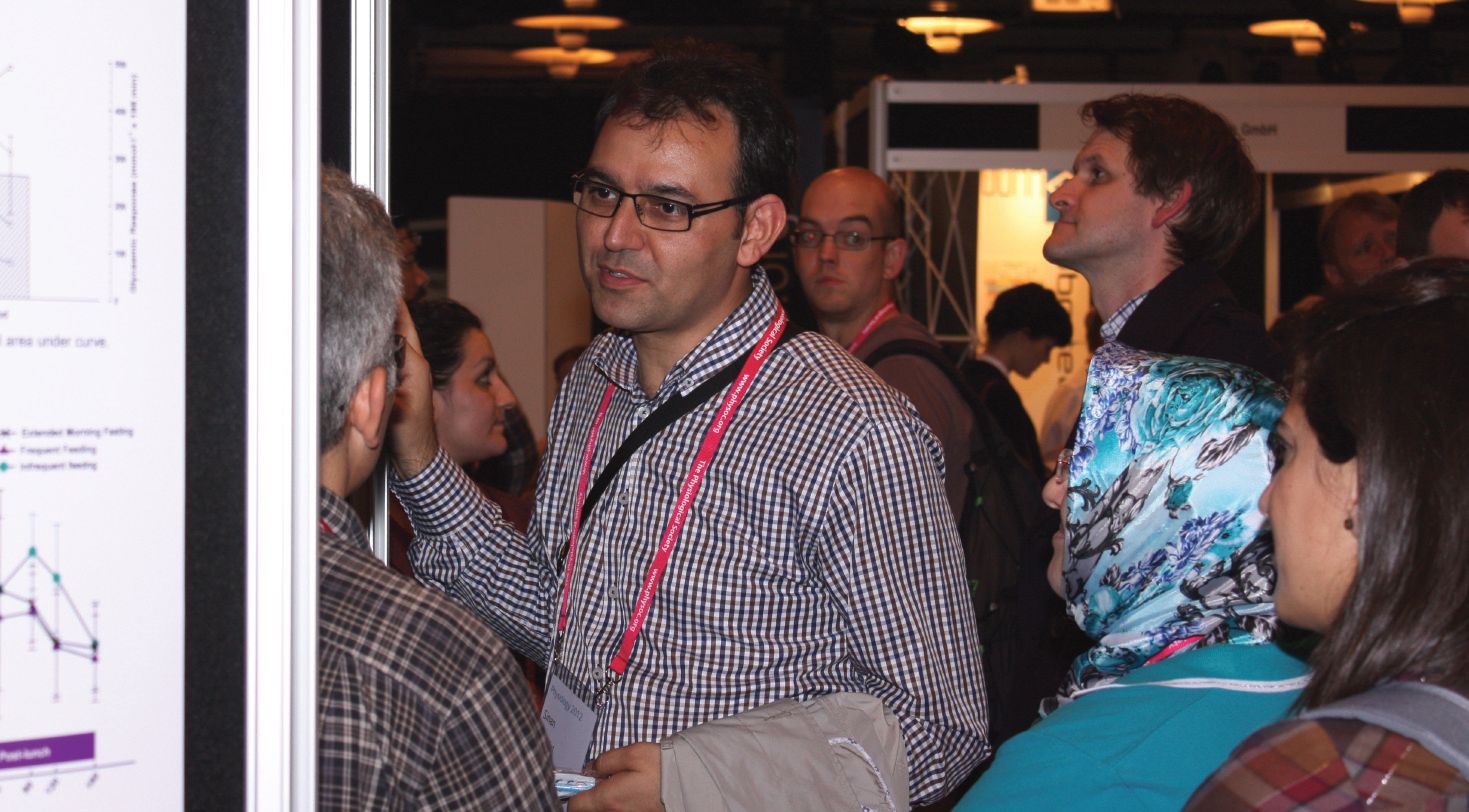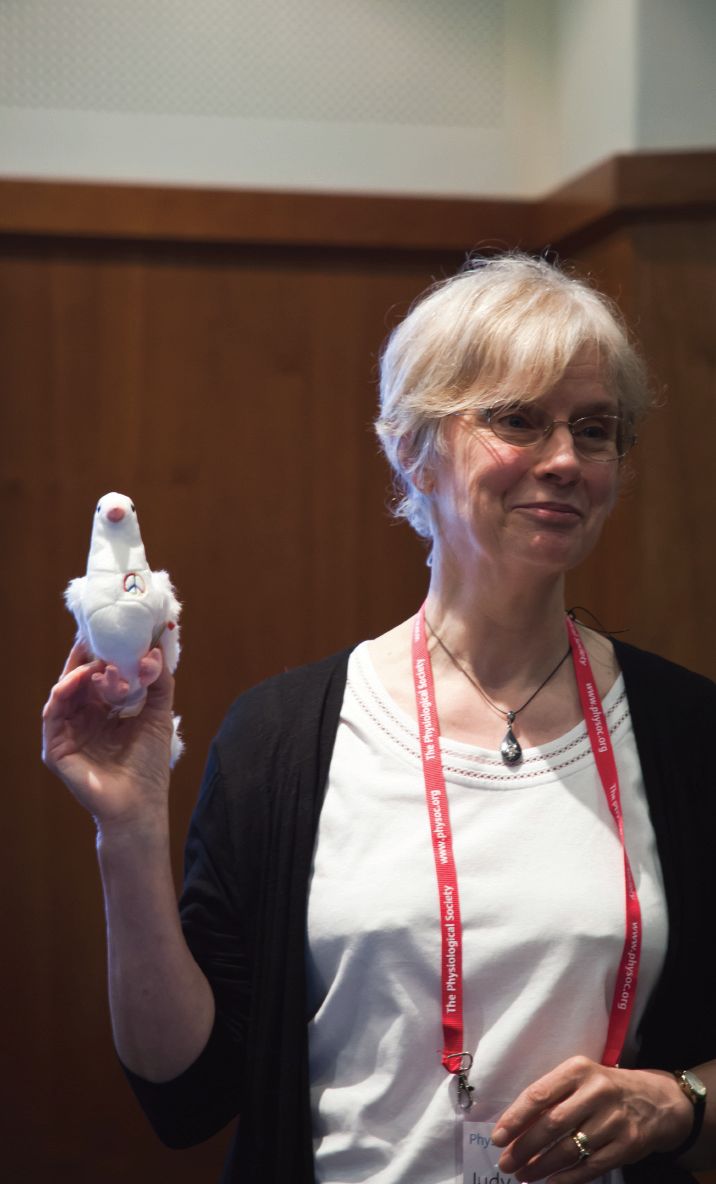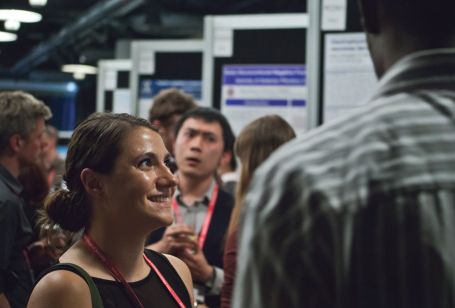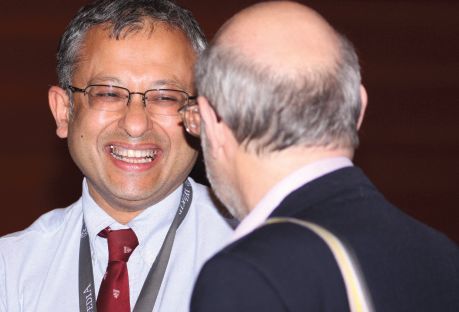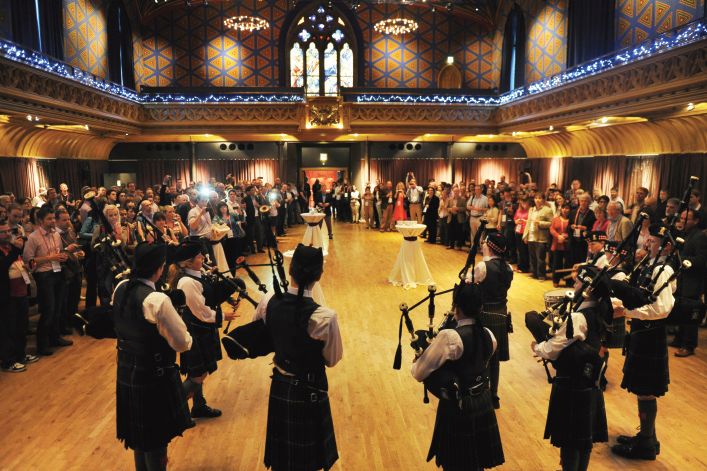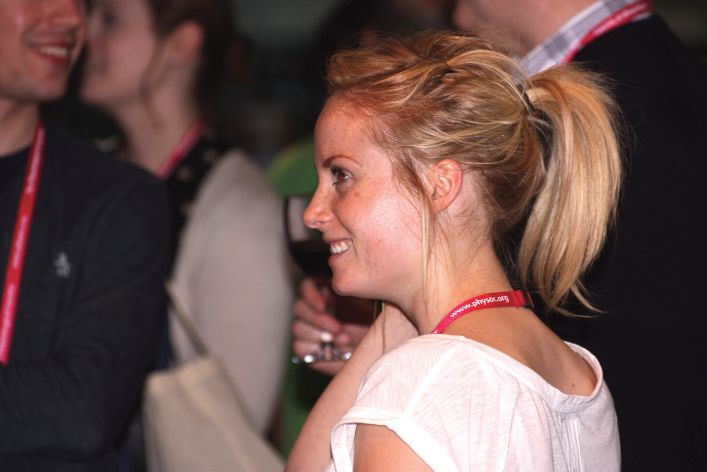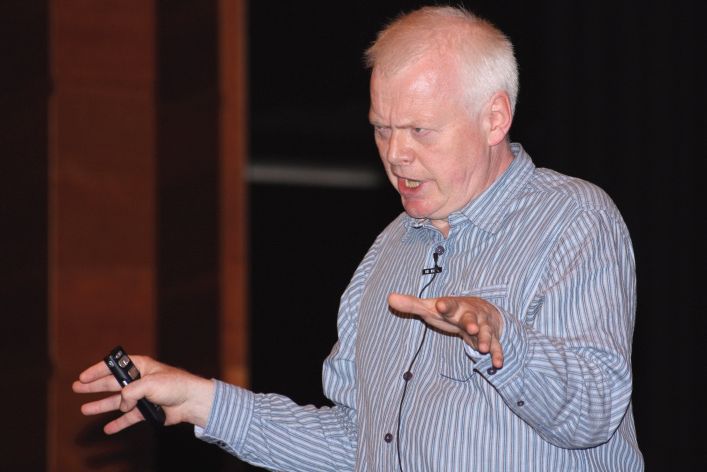
Physiology News Magazine
Physiology 2012
Meeting Notes
Events
Physiology 2012
Meeting Notes
Events
David Wyllie
Meetings Secretary, The Physiological Society
https://doi.org/10.36866/pn.88.14
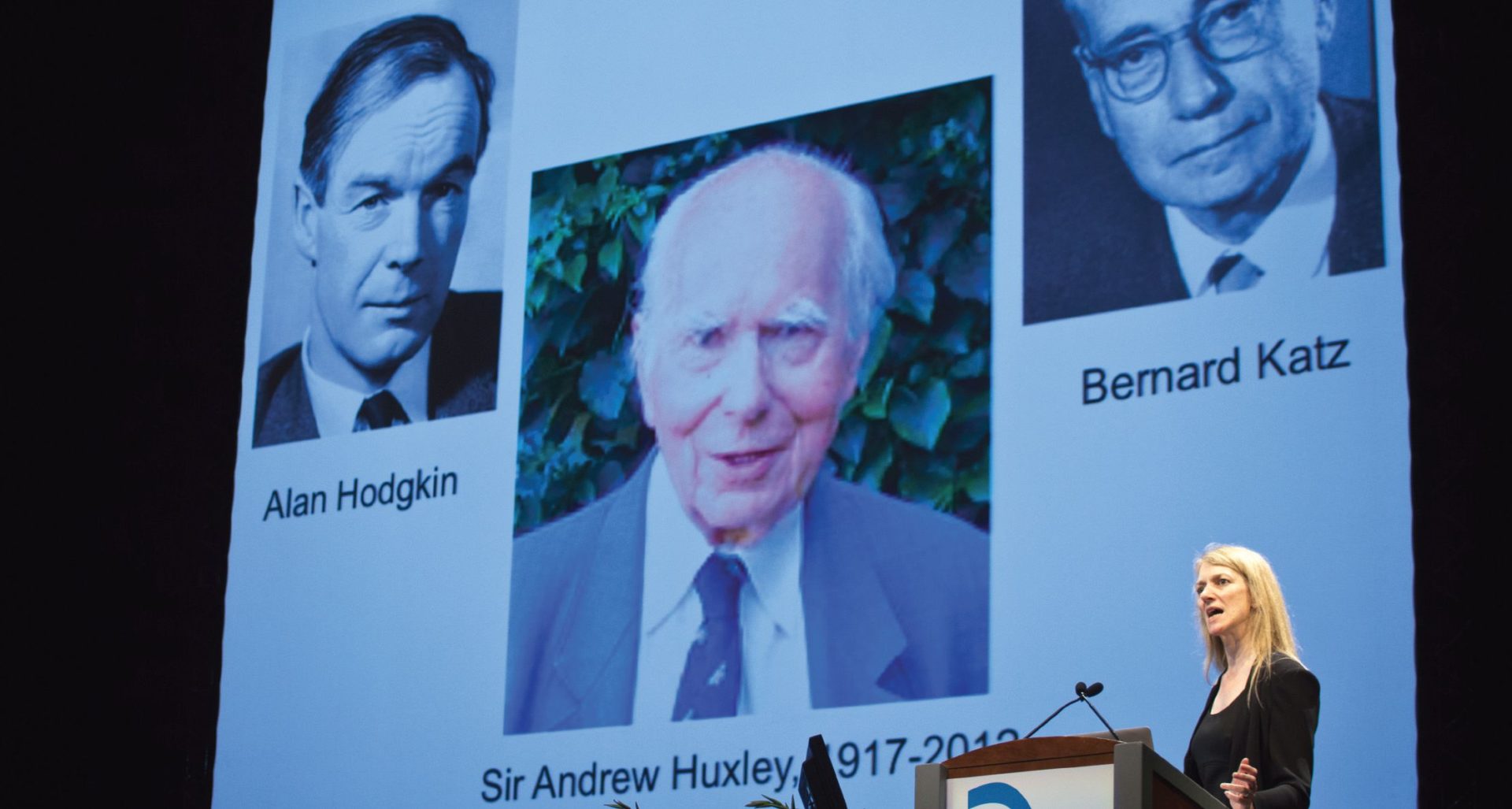
2–5 July 2012, Edinburgh, UK
The Society’s Main Meeting returned to Edinburgh this year, for the first time since 1996, attracting 1000 physiologists from all over the world.
Planning for this year’s meeting began over two years ago when the Meetings Committee took the decision to break with the traditional university venue, opting instead to hold the meeting in the excellent facilities of the Edinburgh International Conference Centre – indeed more that 90% of those responding to our post-meeting survey agreed with this description. We experienced what some might call ‘typically Scottish weather’ throughout the week, and having the event all under one roof avoided rain-soaked dashes between lecture theatres.
A Young Physiologists’ Symposium was held the day before the start of the main programme (see p.11 for a full report). The GSK Prize Lecture by Holly Shiels later that evening showed that research isn’t always restricted to four walls in a university, but can offer travel to exotic locations to seek out species that are models for physiological research.
All the plenary lectures are now available to view on The Society’s website. The lectures by Cori Bargmann, Diane Lipscombe and Peter Ratcliffe demonstrated how the elegant use of optogenetics in C. elegans, structure-function studies of voltage-gated calcium channels and the elucidation of biochemical pathways used to sense oxygen provide us with detailed understanding of systems, cellular and molecular physiology, with each lecture highlighting their exquisite control mechanisms. Jere Mitchell’s Paton Prize Lecture was a wonderful lesson in how we should always be aware of the work of those who precede us – the pioneering work of early physiologists shows us that measurements made many decades ago laid the foundations for current research. We all have a responsibility to disseminate our research to wider audiences and Gareth Leng’s Public Lecture ‘The Loving Brain: monogamy to maternity’ was a superb example of how this should be done. His outstanding presentation described his research with wit and humour and conveyed his research in a manner that held the attention of all.
Approximately 400 oral/poster communications ensured that there was plenty on show for everyone and much was made of the opportunities for discussion and feedback during these sessions. Oral and poster presentation prize winners are listed on The Society’s website. New for this year was a dedicated session for undergraduate students to present research from dissertation studies – I congratulate all who were selected to present their work and hope that this sparks their interest in a career in research (see p.12).
This year’s meeting included 21 symposia, the largest number so far, with research themes having at least one dedicated symposium each day. Though themed, it was hoped that many symposia would attract wider audiences to allow interaction across disciplines. One colleague commented: “One of the pleasures of the main Physoc meeting is learning things about related fields. Since obesity is closely linked with obstructive sleep apnoea, I try to keep up to date, and the Edinburgh meeting was a perfect opportunity. Kevin Murphy gave an excellent talk on obesity and the latest on appetite regulation – I will never again look at a pizza in the same way!” To reflect The Society’s commitment to teaching and education we included a symposium on this theme within the main programme. Following on from this symposium, Eugene Lloyd of the University of Bristol delivered the Otto Hutter Teaching Prize Lecture ‘Dangerous assumptions and misconceptions: Can physiology teaching help to improve patient safety?’ Eugene emphasised the importance of basic physiology in clinical teaching. As both a lecturer and clinician Eugene was able to give an insight into what happens when medical students and junior doctors don’t understand basic physiology, and also some more uplifting accounts of when they do.
Again, from the feedback survey, the symposia we programmed appear to have been well received. Nevertheless, we are open to suggestions and one which was raised with me on several occasions was to include shorter presentations within symposia, as we do in our Themed Meetings, to allow early-career physiologists to share the stage with more senior colleagues. This will be done at IUPS 2013 but I welcome comments as to whether we should adopt such a format at the Main Meeting.
Delegates were entertained at the Welcome Reception in The Hub’s magnificent Main Hall by George Heriot’s School Pipe Band, while the Society Dinner was held at Our Dynamic Earth. Unfortunately the spectacular setting of our dinner venue could not be fully appreciated as the infamous east coast ‘haar’ shrouded us from the sights of Holyrood Palace, the Scottish Parliament buildings, Salisbury Crags and Arthur’s Seat.
Next year The Society hosts IUPS 2013 which will serve as our Main Meeting, but the call for symposia proposals for Physiology 2014 will open later this year. If you have not attended the Main Meeting for several years, I urge you to re-acquaint yourself with our flagship event and see what excellent value it is for everyone, no matter their career stage. A typical comment I received from many attendees at Physiology 2012 was how much they appreciated attending a meeting of a size that means that everyone is treated as an individual, but which gives attendees a terrific opportunity not only to hear about the latest world-class physiological research, but provides a first-class forum for networking and discussion.
I end by acknowledging the participation, work and efforts of all – this made Physiology 2012 a tremendous experience. Thank you.
